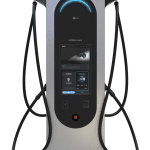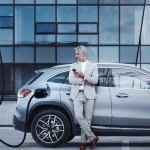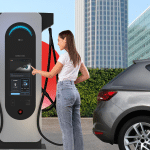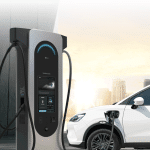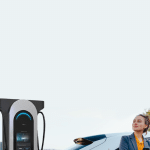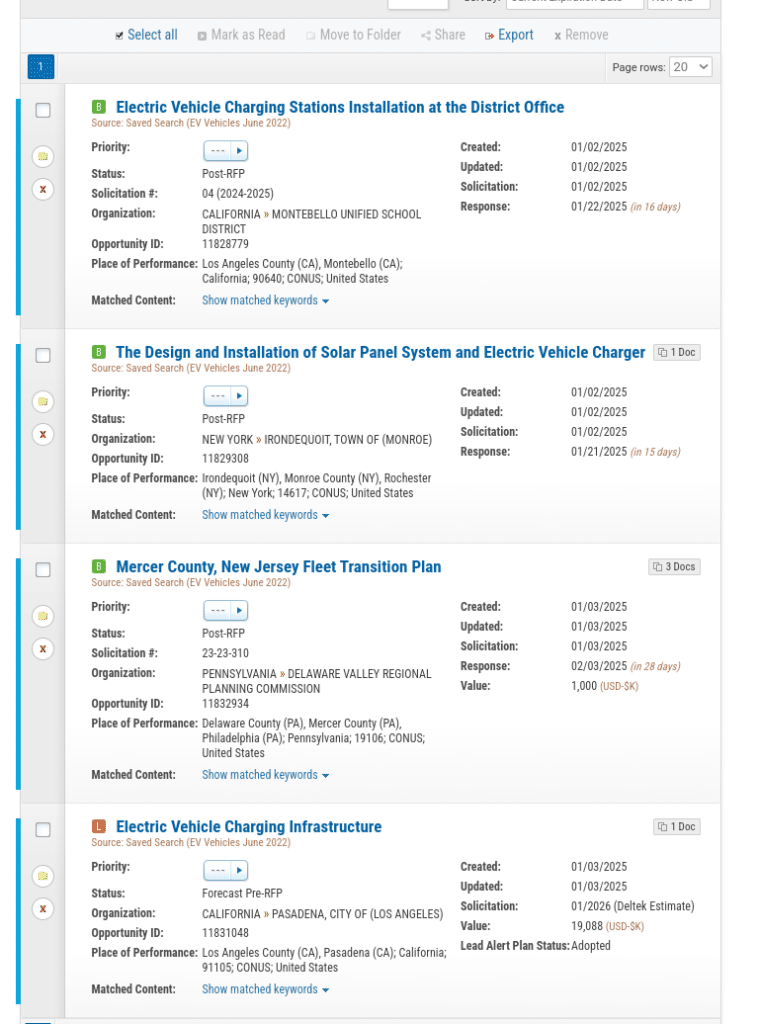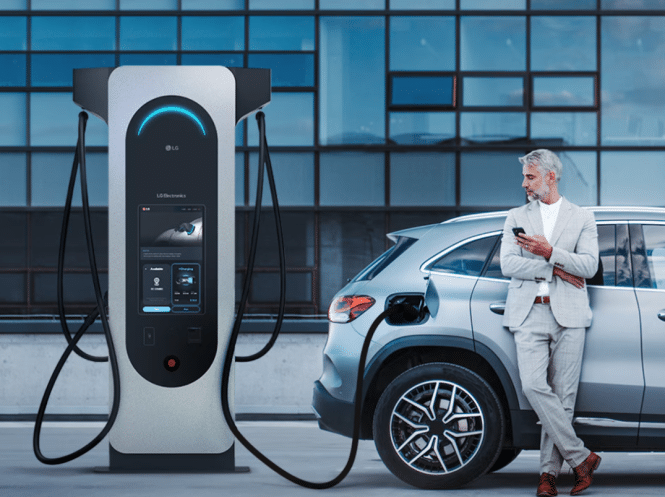
The Importance and Challenges of EV Charging Infrastructure for Healthcare
Providers
By Dennis Carter, Director, EV Charging, LG Business Solutions USA
With personal transportation in the United States transitioning to EVs (electric vehicles), healthcare administrators in hospitals and assisted living facilities are facing challenges related to their EV charging infrastructure, challenges in terms of space allocation, electrical upgrades and decisions about which EV technology to deploy. This is true for existing facilities looking to add EV chargers as well as new building locations — for staff, visitors and patients, for long stay and short stay.
The most popular current commercial options are Level 2 (AC) and Level 3 (DC) chargers. Level 2 chargers offer up to 19kW and are ideal for when the driver can let the car charge for several hours, as they can add up to 39 miles of charge per hour, depending on the vehicle. LG’s Level 2 11kW model makes charging simple, so drivers can plug in and conveniently charge their vehicle over a period of several hours.
Level 3 chargers, on the other hand, are designed for rapid refueling and, as a result, are ideal for short-term visitor parking areas. Installation costs for both levels of chargers vary depending upon local regulations and required electrical infrastructure upgrades, with multi-charger installations helping to bring down the cost per installed unit.
Advertising Opportunities
Some Level 3 models also provide advertising opportunities via built-in digital displays, which healthcare facility administrators can leverage to offset costs or add revenues – depending on the approach they decide to take, in terms of if and how they charge staff, patients and visitors for parking. The software on the chargers gives the site host the ability to set dynamic pricing policies by group, providing a customized approach to billing the EV driver.
When planning their EV infrastructure, healthcare administrators may tap into a range of time-sensitive subsidies and other incentives from various government and utility provider sources. These are designed to encourage EV charger installations by offsetting upfront costs, but it’s important to note that programs have different requirements, standards, and value to beneficiaries.
Proper Planning
The logistics and budgets of EV charger installation is an involved process, so proper planning is key to successful implementation. Do the necessary research to make sure you select the right, reputable EV charging manufacturer and charge point operator who can walk you through the entire decision-making process. This will ensure that the optimum solution is selected, both in terms of which level chargers to select to what software is best for your facility, location of chargers and contractors.
Healthcare facilities are multifunctional, with parking required for staff, visitors and patients, all with differing parking requirements – some who will have to pay, others who won’t; some visiting from distance, requiring more charge, others driving locally – so it’s essential that the correct EV charger selections are made from the get-go, whether that’s within an existing site or a new build.
Ideal locations for level 2 EV charger installations are in the employee parking section, while an investment of Level 3 EV chargers is best in the visitor/patient section, for instance.
Software Platforms
Software platforms are key here, so that healthcare facility managers can manage the cars in the charge spaces appropriately, with customizable content management to enhance the user experience. These platforms can inform the driver if the charger is available and notify the driver when the charge is complete so they can move their vehicle to avoid being billed for idle time. Software therefore has an important role to play, particularly with Level 3 EV chargers, which have a shorter, faster turnover than Level 2.
Whatever decisions a healthcare facility manager makes regarding EV infrastructure, it needs to be an informed decision made in consultation with an EV charger company that understands what is required every step of the way. This critically important partner can also help coordinate research into the number of visitors who come through the facility each day, and who are more likely to require a vehicle charge. This will require staff consultations to establish which workers will need to use short or even long-term charging.
It’s certainly not a one-size-fits-all solution; healthcare EV charging decisions are always going to need a customized approach for each facility’s audience.
Industry veteran Dennis Carter leads EV Charger business development for LG Business Solutions USA which serves commercial customers in the U.S. lodging and hospitality, digital signage, systems integration, healthcare, education, government and industrial markets with cutting-edge commercial displays, robots and electric vehicle charging stations.
- EV Charging LG
- EV Charging LG
- EV Charging LG
- EV Charging LG
- EV Charging LG
- EV Charging LG
More EV Charging Station Resources
- EV Charging Stations website — good for ADA regulations
- Proposed ADA guidelines by US Access board
- LinkedIn Group for EV Charging
- ADA ABA Guidelines for Restaurants and Hospitality
More EV Charging Healthcare Posts
- EV Chargers by LG Now Available – Kiosk Industry
- EV Charging Stations – Kiosk Self Service Machine
- EV Charging Stations – Designing in Accessibility – Kiosk Industry
- Will EV Charging Station Infrastructure Be Ready for EV Charging?
Example of SLED RFPs for EV Charging

